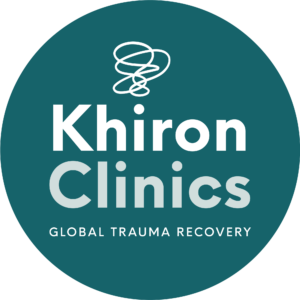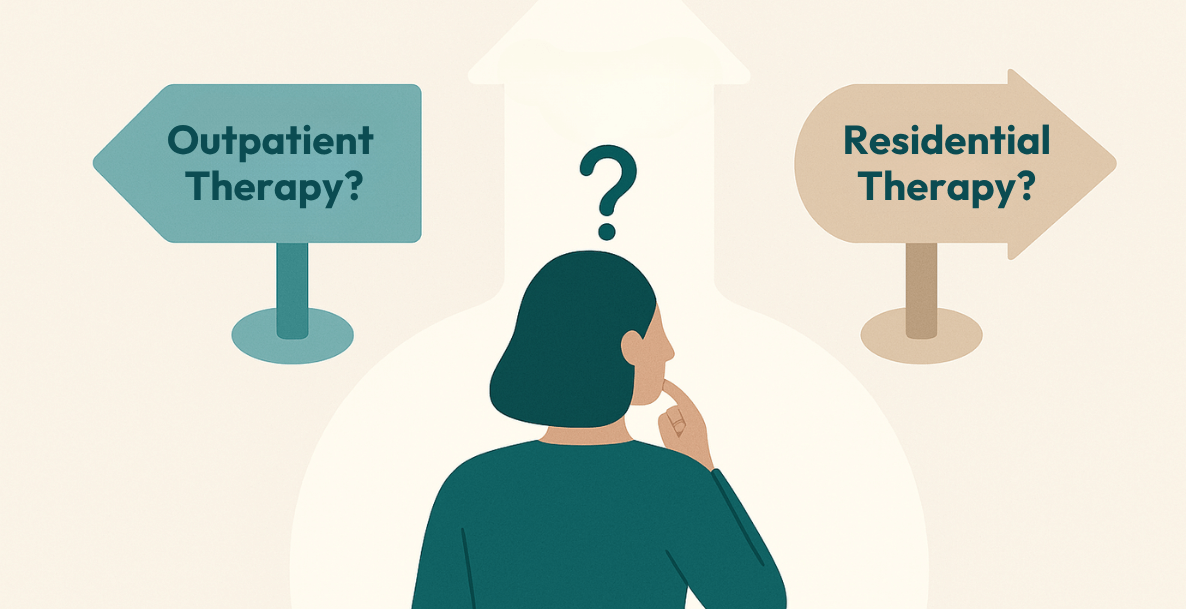Somatic Experiencing (SE) is a powerful tool for healing from trauma, helping survivors by bridging the mind-body connection.
Developed by Dr. Peter A. Levine, SE acknowledges that trauma is stored not only in the mind, but also in the body’s sensations and nervous system responses. Through SE, individuals learn to track and regulate bodily sensations associated with trauma, gradually releasing pent-up energy and restoring a sense of safety and resilience.
By fostering embodiment—connecting with bodily sensations and experiences—SE facilitates the natural healing processes, empowering individuals to reclaim agency over their lives and move beyond the grip of trauma.
What Is Somatic Experiencing?
At its core, Somatic Experiencing centers research findings that experiences are stored not just in the mind but also in the body, emphasizing the interconnectedness of physical sensations and emotional states. Somatic Experiencing therapy, Dr. Peter Levine’s observations of animal behavior, focuses on releasing trapped trauma through bodily movements and encouraging natural processes such as shaking.
Somatic experiencing celebrates the body’s natural ability to heal from trauma by facilitating physical releases like trembling rather than suppressing them. Therapists employ diverse techniques to address disruptive bodily sensations and emotional responses, tailoring treatment to individual needs.
Unlike structured therapies like cognitive behavioural therapy, somatic therapy offers a flexible approach that works from the bottom up, rather than top down. This means that treatment begins by working through and understanding bodily and emotional responses, rather than seeking to change them through cognitive strategies. Through somatic experiencing, individuals are guided to describe and engage with physical sensations linked to trauma, promoting healing from both internal and external perspectives.
Put simply, instead of seeking to feel different by thinking differently, somatic experiencing helps survivors to feel different by processing physical sensations.
Understanding How Trauma Affects The Body
The approaches used in somatic experiencing therapy are based on vast and detailed findings on the ways that trauma affects the body.
In moments of perceived threat, the human body instinctively activates its survival mechanisms, triggering the fight, flight, or freeze response. This automatic reaction, governed by the release of adrenaline and cortisol, readies the body for rapid action by increasing heart rate and directing blood flow to major muscle groups.
Higher cognitive functions, primarily housed in the prefrontal cortex, may temporarily diminish to prioritize immediate survival needs over complex decision-making processes.
This causes traumatic experiences to be stored in a unique way, bypassing the usual cortical storage and instead imprinting within the amygdala – the most primitive brain structure responsible for instinctual, automatic responses. As a result, sensory stimuli reminiscent of the original trauma can evoke swift and intense reactions before conscious thought, problem-solving, and decision-making intervenes.
While this response mechanism serves as a vital survival tool in genuinely threatening situations, it can also cause maladaptive reactions in non-threatening situations. Somatic therapy offers a targeted approach to address these automatic responses, focusing on the regulatory aspects of the nervous system that are responsible for orchestrating these maladaptive automatic reactions.
By guiding survivors to a deeper understanding of how their bodies work, and offering strategies for regulation of bodily sensations and responses, somatic therapy aims to promote adaptive coping strategies and enhance overall well-being.
How does Somatic Experiencing Work?
Somatic experiencing therapy is designed to help individuals explore bodily sensations linked to traumatic events and the emotions tied to these experiences. Sessions typically involve clients describing physical sensations experienced during trauma and engaging in movements that evoke emotions associated with the trauma.
Unlike structured therapeutic approaches like cognitive behavioural therapy, somatic therapy offers a personalised approach tailored to each client’s unique needs.
Understanding Bodily Sensations
Central to somatic experiencing is developing awareness of the body’s stress and trauma responses. This psychoeducation demystifies bodily responses, reducing fear, shame and distrust, and rationalising automatic reactions. Somatic Experiencing therapists help clients foster self-awareness by helping them recognise physical symptoms and sensations as they arise.
Building Trust and Rapport
Establishing Safety and Rapport is a foundational stage in SE therapy, crucial for laying the groundwork for effective trauma resolution. In this phase, the therapist prioritises creating a safe and supportive space where the client feels secure to explore their experiences without fear of judgment or re-traumatisation.
This may also involve considerations of physical contact between the therapist and client. While not essential to all SE sessions, some therapists may incorporate safe and appropriate physical touch as a means of facilitating connection, grounding, and containment.
Once trust has been established, and clients have an understanding of how trauma impacts the nervous system, a series of strategies can be adopted.
Resource Building
Resources serve as tools to access inner strength and resilience during times of distress. Clients identify and develop inner resources, such as feelings of strength, resilience, and safety, that they can draw upon during therapy sessions and in daily life.
Therapists will likely share grounding techniques, such as sensory focus and regulated breathing, aimed to calm the nervous system and foster a sense of safety and presence. These resources serve as anchors during the therapeutic process.
Tracking Sensations and Body Awareness
Clients learn to tune into bodily sensations and signals, such as tension, discomfort, or relaxation, as a means of accessing and processing trauma-related experiences. Developing this body awareness is crucial for identifying and releasing stored trauma.
Titration
This stage involves gently exploring traumatic experiences in small, manageable increments. Individuals approach distressing sensations or memories gradually, allowing the nervous system to process and integrate the experiences without becoming overwhelmed.
Pendulation
Pendulation involves moving back and forth between sensations of distress and feelings of safety or relaxation. Therapists help clients navigate this fluctuation, supporting them in finding moments of respite and stability during the therapeutic process.
Integration and Resolution
As clients work through their trauma responses and gain greater self-awareness, they begin to integrate their experiences and develop new perspectives. This stage focuses on promoting resilience, restoring a sense of wholeness, and fostering positive growth and change.
Effectiveness of Somatic Therapy for Trauma
Somatic therapy aids in gradually reducing trauma-related arousal by directing clients’ focus towards internal sensations. Viewing trauma as an incomplete defensive response, somatic therapy aims to release traumatic activation through heightened awareness of bodily sensations and emotions. Increased somatic awareness initiates a discharge process, dissipating activation.
Unlike exposure therapy, clients need not relive traumatic events so intense evocation of memories is avoided. Recent research highlights somatic therapy’s efficacy in treating trauma, improving comorbid symptoms like pain and depression, and increasing resilience. SE’s innovative approach offers promise in alleviating mental and physical suffering amid growing understanding of trauma’s complexities.






